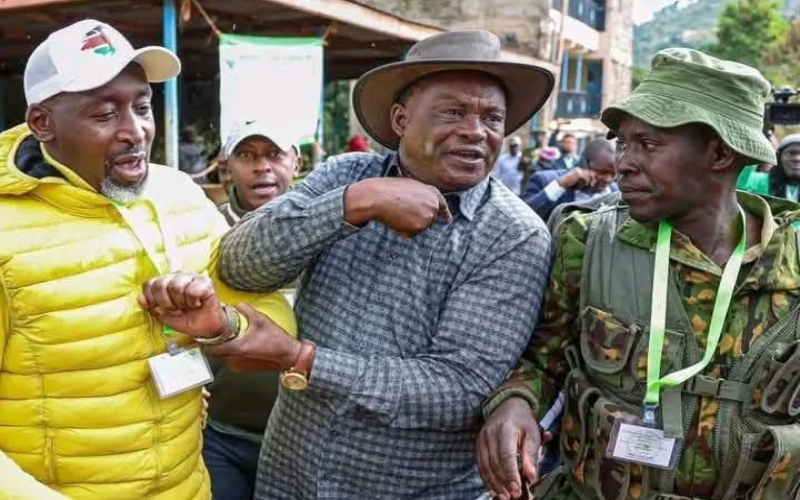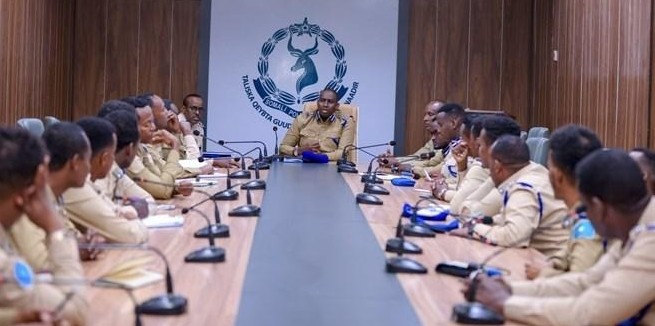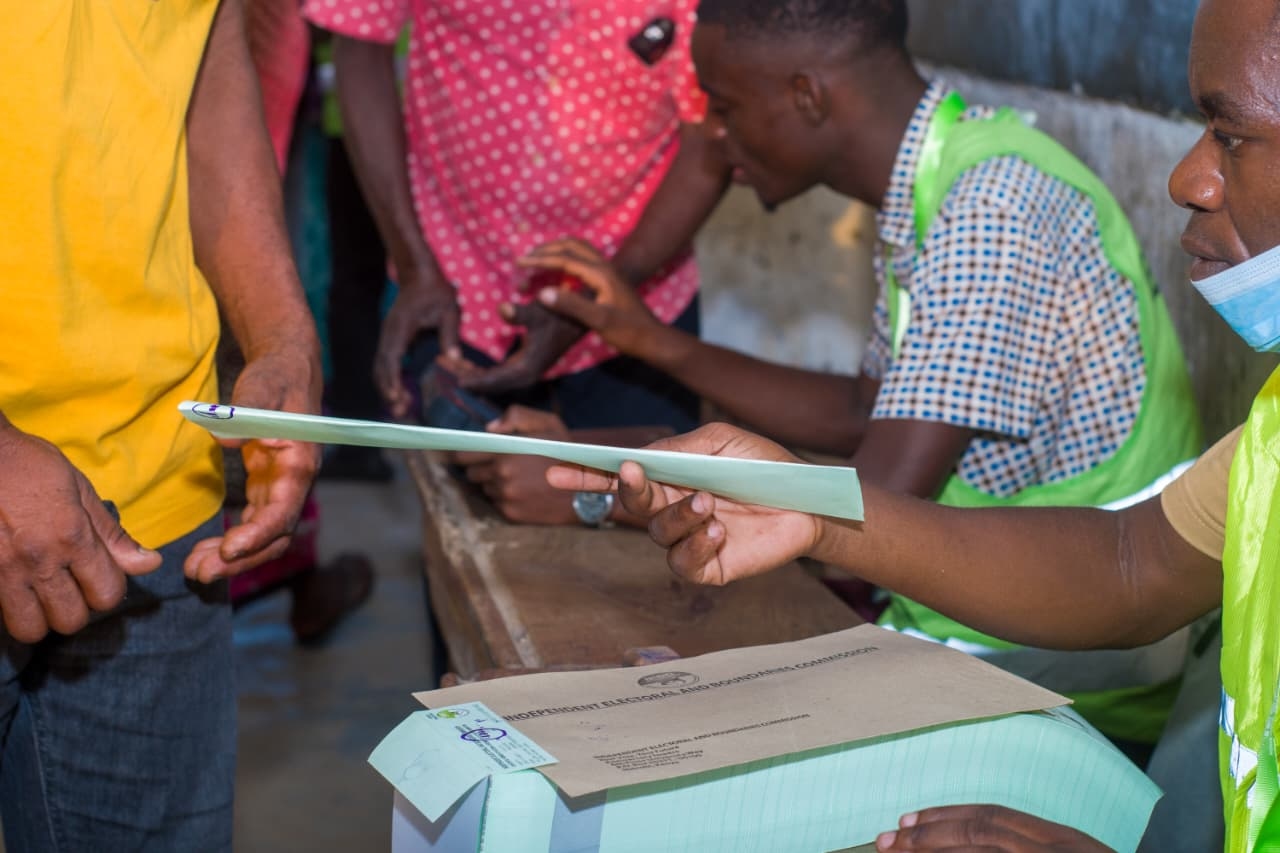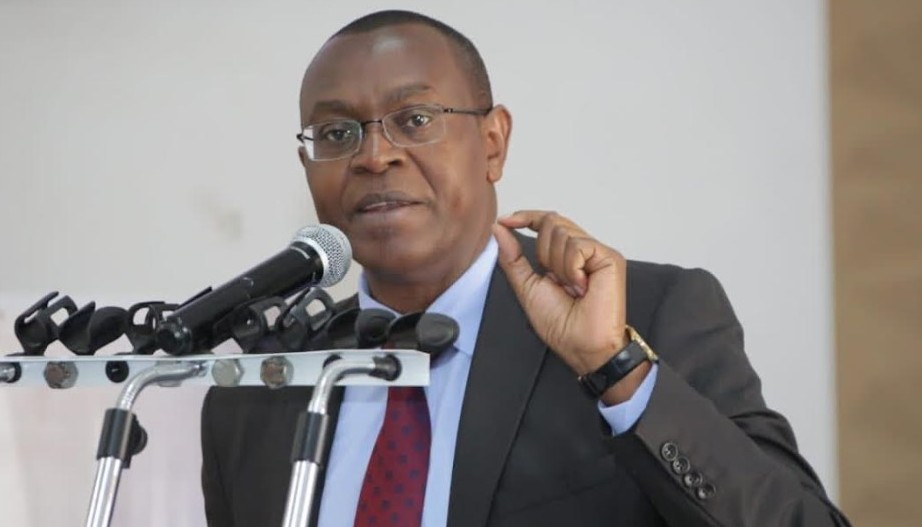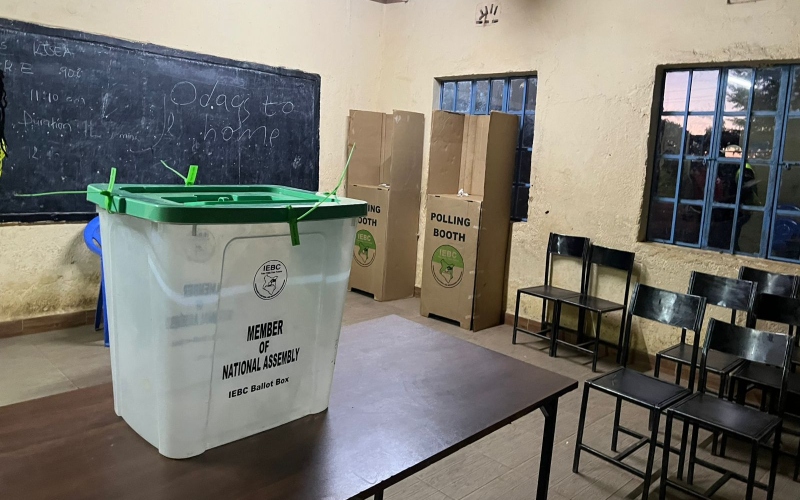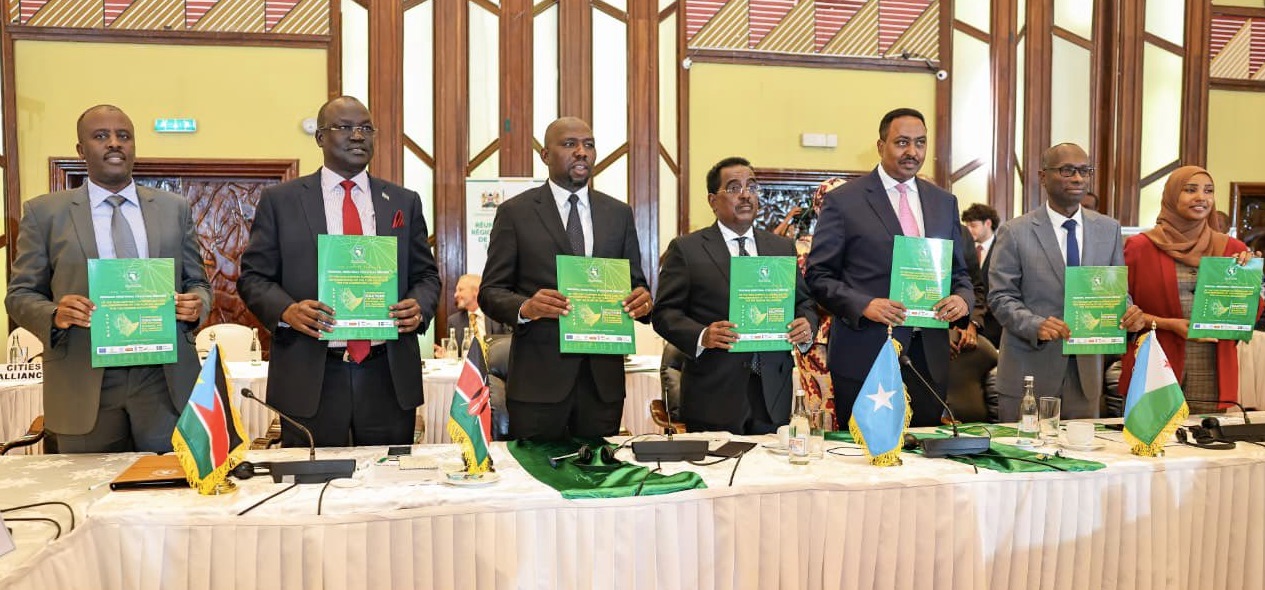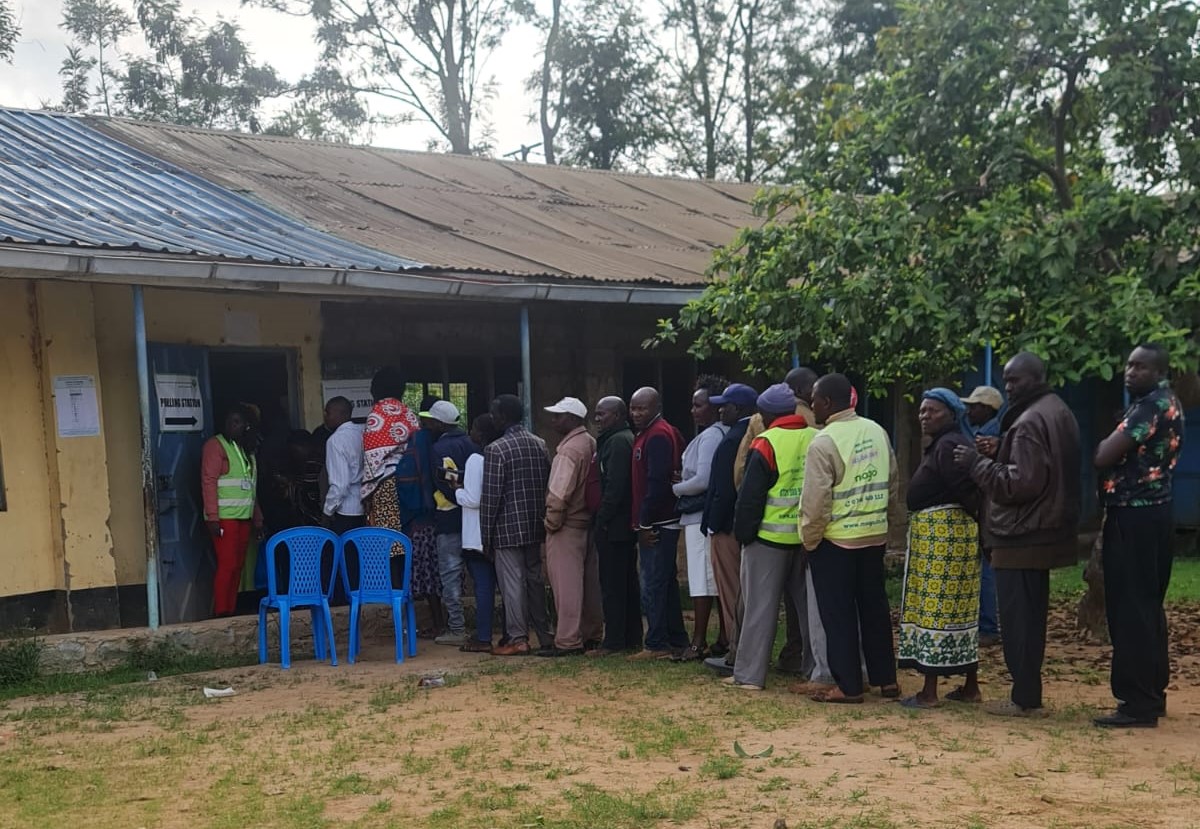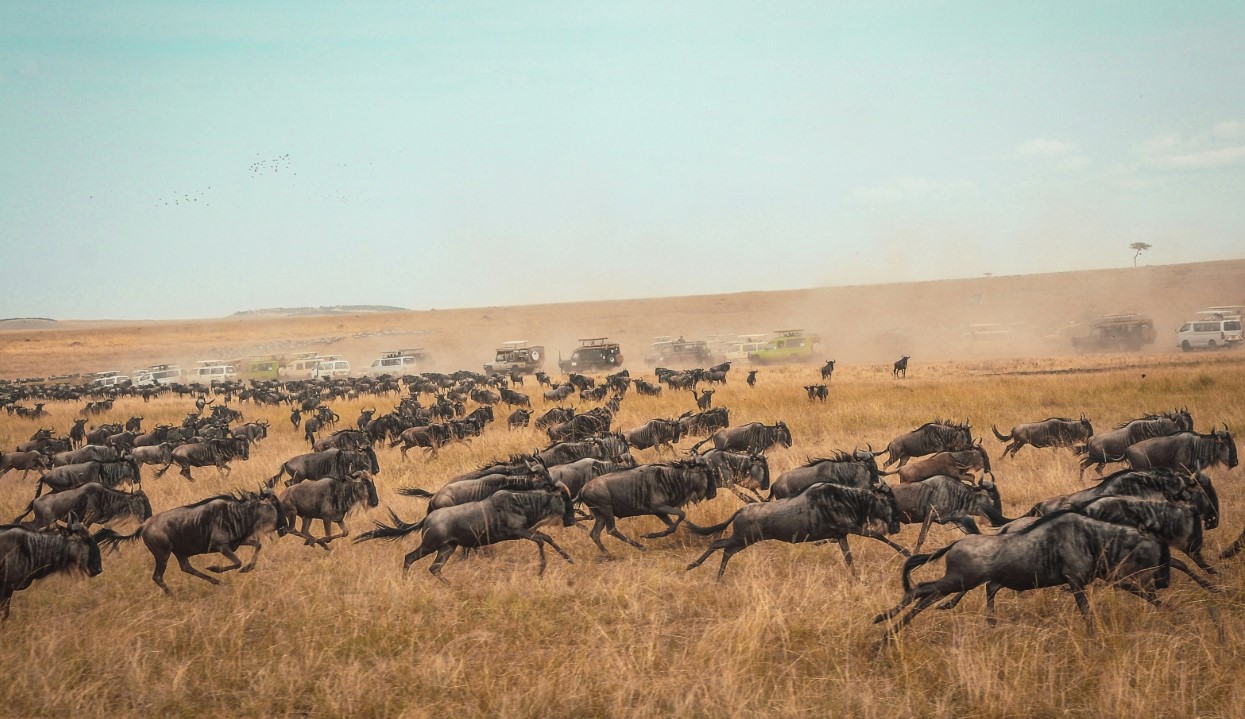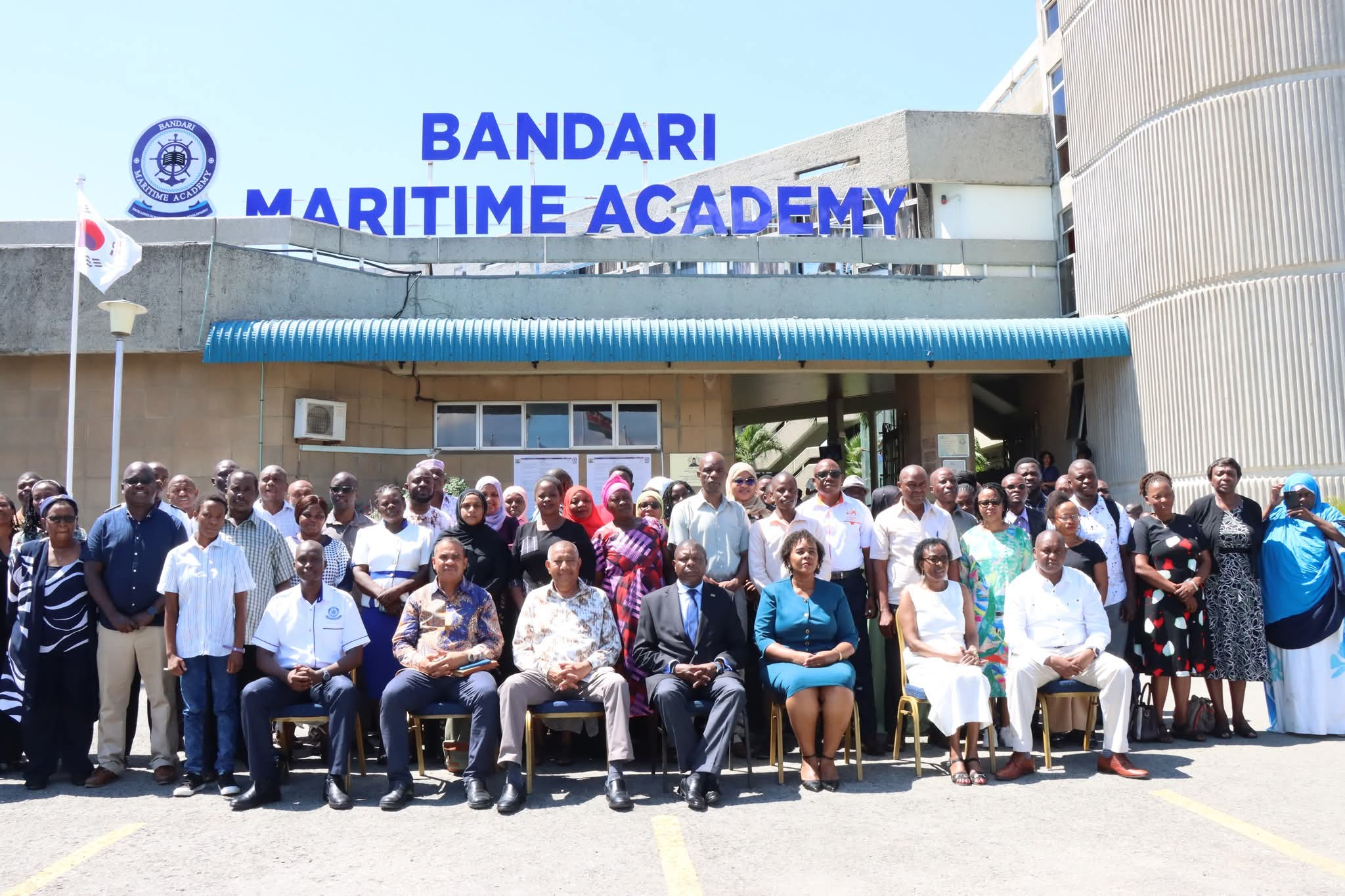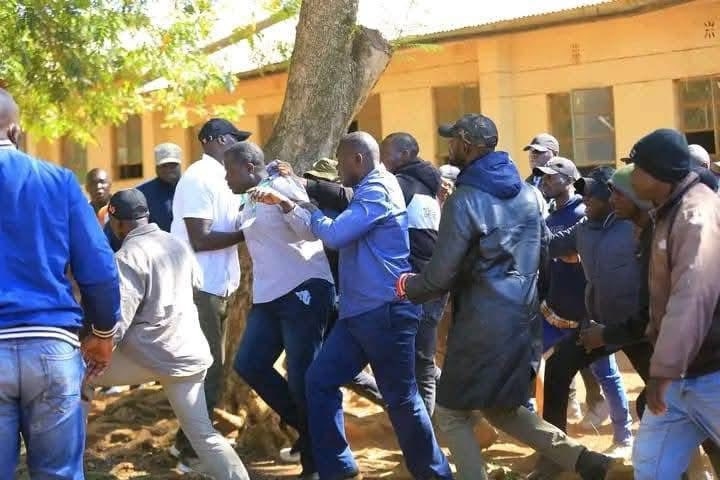Somalia declares drought emergency as millions face hunger after failed rains
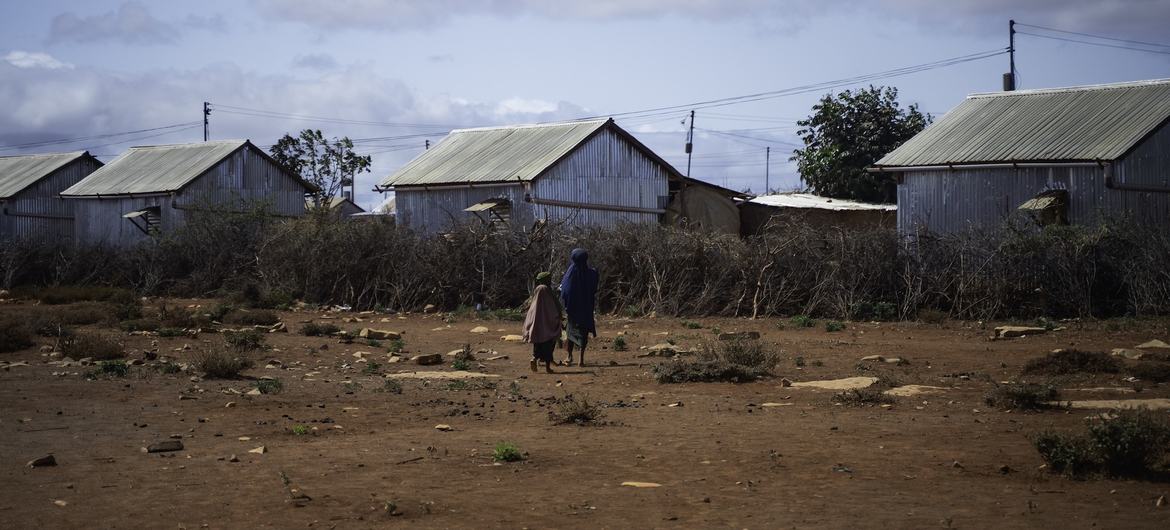
Puntland is among the worst-affected areas, where authorities estimate that nearly one million people need support, including 130,000 in immediate life-threatening need.
Somalia is facing a rapidly worsening drought emergency, with vast swaths of the country now parched after four failed rainy seasons, leaving millions at risk of hunger and displacement, UN humanitarians warned on Wednesday.
On November 10, the Federal Government of Somalia formally declared a drought emergency and appealed for urgent international assistance as conditions continued to deteriorate across northern, central and southern regions, according to the UN relief coordination office, OCHA.
More To Read
- International Rescue Committee warns millions at risk as drought intensifies across Northern Somalia
- Somali Region frees ‘121 unlawfully detained’ people, ‘pardons’ two jailed journalists, Rights Commission says
- Taita Taveta residents to receive fresh guidance on biotechnology amid rising misinformation
- WFP warns of hunger crisis in Nigeria as 35 million face food shortages
- South Sudan and Somalia eye group stage in FIFA Arab Cup 2025 qualifiers
- Somalia faces worsening hunger with millions needing assistance
Puntland is among the worst-affected areas, where authorities estimate that nearly one million people need support, including 130,000 in immediate life-threatening need.
A UN assessment mission to Bari and Nugaal regions earlier this month found communities grappling with acute water and food shortages, with residents warning that catastrophe could unfold in the coming months.
“We have not received rain since last year; this is the worst drought in years,” said Abdiqani Osman Omar, the mayor of Shaxda village in the Bari region.
“Hundreds of displaced families moved here three months ago, and more are coming. The new arrivals are mostly women and children, as the men have moved to nearby Ethiopia in search of pasture and water.”
The village has no capacity to support them, he added, stating that even host communities need water and food assistance.
Dried-up water sources, abandoned settlements
Across Puntland, water points have dried up, vegetation has withered, and once-inhabited pastoral settlements now stand abandoned.
In Dhaxan town, where brief Gu’ season (April-June) showers offered short-lived hope earlier this year, residents are now dependent on expensive trucked water after the local borehole was found to be contaminated.
Community leader Jama Abshir Hersi said around 150 families moved to the town after the rains.
“We used to receive food and nutrition assistance, and medical supplies for our health unit. All that assistance has dwindled,” he said.
Funding shortfalls
Funding shortfalls are compounding the crisis.
As of November 23, Somalia’s 2025 Humanitarian Response Plan was only 23.7 per cent funded, forcing major reductions in assistance. The number of people receiving emergency food aid plunged from 1.1 million in August to just 350,000 this month.
In Puntland alone, 89 supplementary feeding sites and 198 health and stabilisation centres are facing severe supply shortages.
Millions going hungry
The drought is unfolding amid an already dire humanitarian landscape. At least 4.4 million people are projected to face acute food insecurity through December, while 1.85 million children under five are expected to suffer acute malnutrition through mid-2026.
Weather forecasts indicate little immediate relief. The UN Food and Agriculture Organisation (FAO) warned that dry and hot conditions are expected to persist across most of the country, particularly in central and northern regions.
“The prevailing high temperatures and poor rainfall are likely to exacerbate water stress and limit pasture regeneration in most areas,” the agency said.
Top Stories Today
